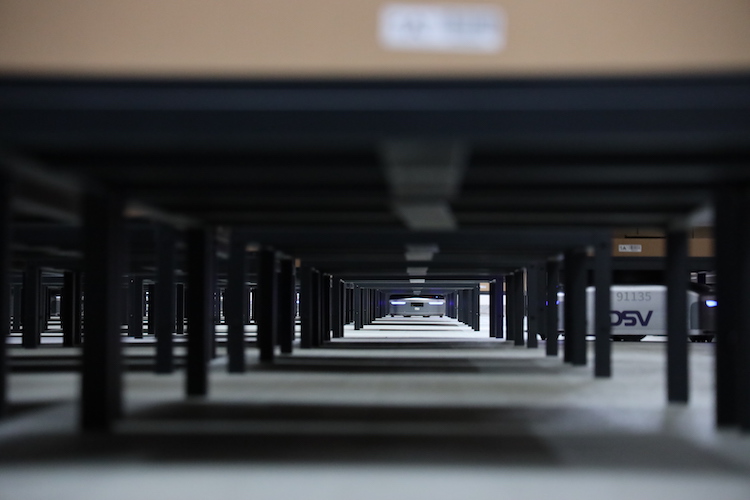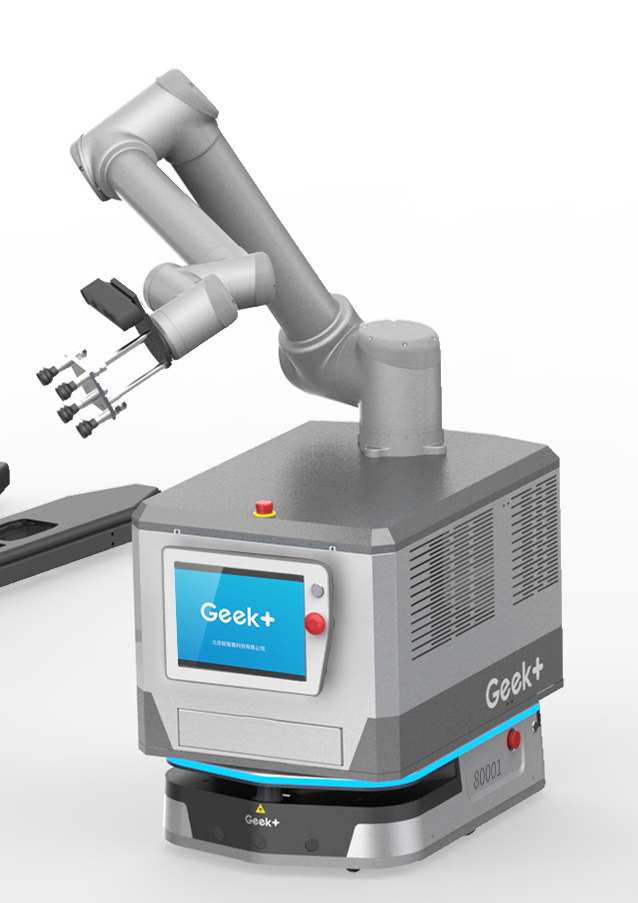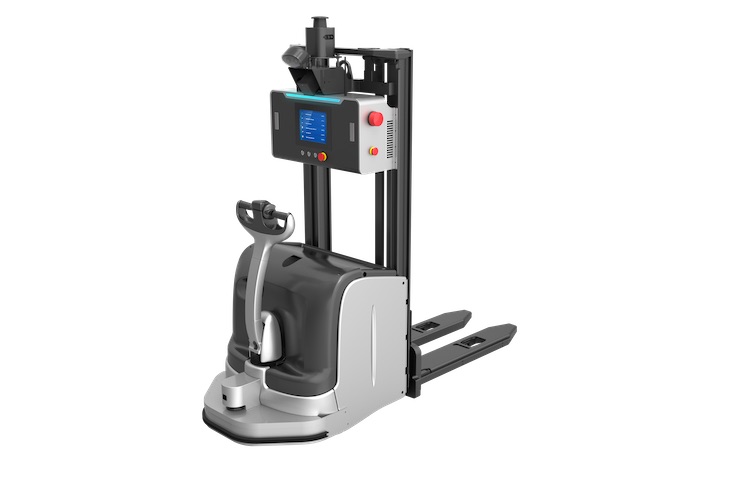From old mail order catalogues to same-day delivery: Warehouse robots are the quintessential sign of changing times
Ever since Amazon acquired Kiva Systems in 2012 for $775 million and took the startup company’s robots off the market, warehouse managers have been looking for alternative suppliers.
At that time, there simply no significantly well-known alternatives or proven solutions, but now, seven years on, there is a relatively large number of companies which build and supply warehouse robots.
It’s highly unlikely to be a coincidence that, in the intervening years, Amazon has grown extremely fast to become not only the world’s largest online retailer but also one of the largest logistics companies – not just in its native US, but worldwide.
All things considered, not least of which is its massive cloud computing offering, Amazon is now a trillion-dollar company.
The growth of Amazon in the logistics and supply chain sector, in particular, has been so fast and stealthy that its operation is reported to be making long-established giants such as FedEx and UPS rethink their own business – not least because they’ve lost about half of Amazon’s shipping business to Amazon itself.
Perhaps it’s taken longer than it should have to realise what the secret of its success was, since the Kiva acquisition was so widely reported, but those little robots have Amazon warehouses probably the fastest and most efficient anywhere.
So streamlined is Amazon’s operation, in fact, that it is able to offer same-day delivery in many parts of the US, and even delivery within an hour or two in certain places.
And if you’re of a certain age, you probably still remember mail-order catalogues which promised delivery of your order sometime in the subsequent six weeks. Unsurprisingly, many of those mail order companies are no longer around.
Amazon, founded in 2004, has taken over in some style. And a very strong argument could be made to show that the biggest factor in the company’s success has been its intelligent application of warehouse robotics and automation.

Humble and down to earth
Arguably the most useful robot in recent years has become known as the “AMR”, short for “autonomous mobile robot”.
Looking essentially like a humble, down-to-earth box on wheels, this type of robot, in fact, is one of the most sophisticated machines being built in the industry today.
Not only can these robots bring goods to a human worker located at what’s called a “picking station” in a warehouse, they can also take those goods back to their original place. This, of course, saves the human picker – and other human staff in the warehouse – a lot of time and energy.
But if that wasn’t clever enough, these robots can also dynamically change where they take the goods back to, depending on how often they are needed by the human picker.
For fast-moving, top-selling goods, for example, it may stay within close proximity to the human picker. And vice versa for slow-moving goods.
This type of dynamic location is part of what the installed artificial intelligence programs are capable, and in some ways, this is just the beginning.
Companies like Geek Plus Robotics, which has sold the largest number of warehouse robotics at 7,000 or more, are continually developing new ways of storing, organising and moving goods within facilities – both in terms of hardware and software.
The hardware is becoming more sleek, more aesthetically pleasing, smoother in its manoeuvres, and quieter in its operations. And the software is integrating more artificial intelligence which enables it to locate itself in parts of the warehouse where it will be most needed, and work in concert with the other robots.
From an observer’s point of view, it looks like the software aspect offers more scope for refinement than the hardware side because, ultimately, most warehouse robots of this type – the robots which move items around – look like boxes on wheels, and there’s not much call for them to look any different.
Whereas the software could be loaded with more capabilities, such as “swarm intelligence”, which is a type of robotics programming that enables many robots to work towards a single goal. At the moment, much of the “concerted” action is to do with them avoiding bumping into each other.

An evolving ecosystem
Having said that, the robotics ecosystem is continually evolving, so there is the possibility that the hardware of these mover types of robots could be installed with robotic arms which could be used to pick out individual items from shelves rather than take the entire shelf unit to the human picker for him or her to pick out the specific item they need.
This is a type of system – mobile platform plus robotic arm – that is currently being tested by Geek Plus Robotics in partnership with some of its clients.
The results so far have been positive, but there is some way to go in terms of machine vision and its associated machine learning algorithms before the camera on the robotic arm is able to correctly identify the item required every time, all the time.
Such new and complex robots – in this instance, a hybrid of two completely different types – have a lot to live up to. They have been set a very high standard by the robotic systems currently in operation in warehouses: the accuracy of robotic picking systems are very high, much higher than human-picking processes – “two to three times higher” than human-picking processes, according to a spokesperson for Geek Plus.
“One of our case studies is of a Geek Plus Smart Warehouse with an area of 22,000 square meters. We assisted in providing a well-known social e-commerce company, which provides logistic services to its consumers.
“Since May 2018, enabled by a customized intelligent order fulfillment solution, Geek Picking System has achieved fast delivery and high order accuracy, which is two-three times higher than traditional manual picking.
“The current storage capacity of the warehouse is 1.7 million units. Its daily delivery volume has already exceeded 50,000 pieces, and can be increased to 100,000 pieces during peak seasons.”

Past its prime
As well as providing this client with the technologies which have already proven to increase efficiency and productivity in warehouses, Geek Plus is also testing its new driverless forklift.
The company’s “Intelligent Automated Forklift” is being rolled out in select operations, including at a facility owned by one of the largest automakers in China, with hopes high that the results will show it to be cost-effective and requiring only a reasonably short time to provide a return on investment.
“These new types of technologies will take warehouse automation to the next level,” says the Geek Plus spokesperson. “It is inevitable that even the warehouses that already have robots will become even more efficient through the application of more automation technologies, but there are so many warehouses that have minimal automation that would benefit from what can probably now be considered a robotic starting point.”
That starting point could be a small number of mover robots with integrated shelf units acquired through the “robotics as a service” model, where there is no need to buy the machines and incur a large upfront cost, and then simply scale up or down as required.
Given that the vast majority of warehouses are mostly manually operated, it could be said that they are operating as though we are still in what could be called the old “mail order catalogue mindset“. And, even though nostalgia can be comforting, with Amazon offering same-day delivery in an increasing number of locations, that mindset probably belongs in a bygone era, because it will probably mean loss of business or worse in this one.
